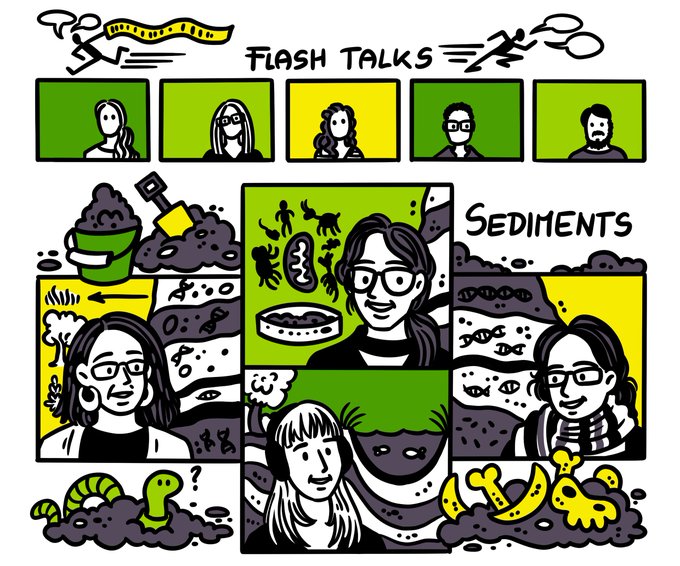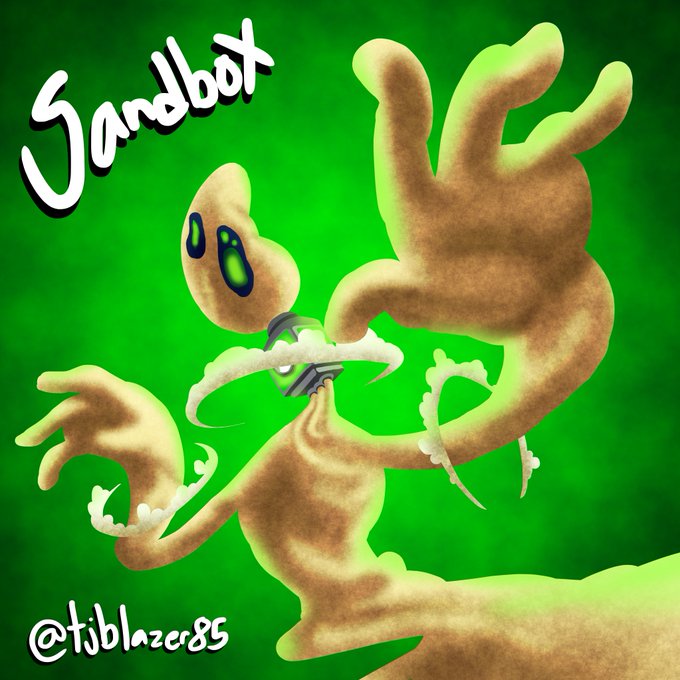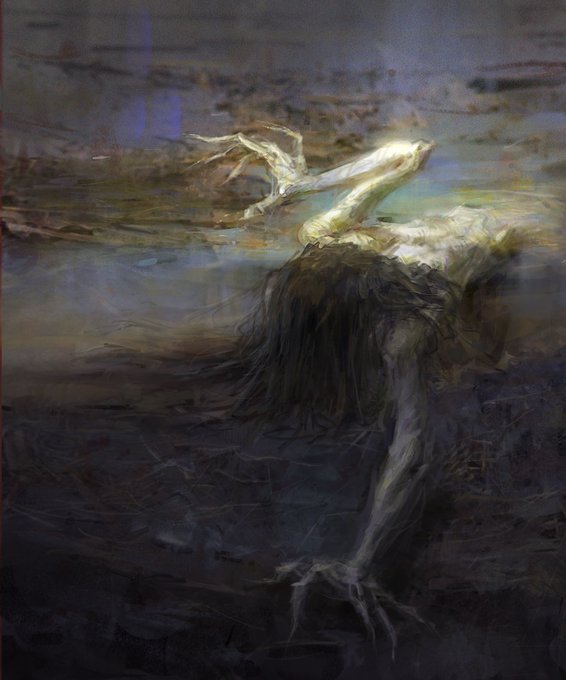sedimentのTwitterイラスト検索結果。 155 件中 5ページ目
#FossilFriday The Zeeland Ridge Neanderthal was discovered in sediments extracted from the bottom of the North Sea. This is the first Pleistocene fossil hominin found under seawater. The partial frontal bone shows a lesion caused by an epidermoid cyst.
https://t.co/6c1NsFVoGe
Day 2 #AncientBio21 showcase featuring ancient microbes and sediment DNA
Announcing a new issue always brings a warm feeling, and this one is full of imaginaries, life, resources, hidden infrastructures, sedimented histories, buried architectures, critical and contested sites ☄️ it’s the @ArchReview Underground issue https://t.co/6si0Vddf55
Here is a variant where sediment is kicked up by the Sorbinicharax. #MosasaurWeek #fish #sciart #paleoart #illustration #digital #art #wildlife
Morturneria, an antarctic Aristonectine, sucks up krill resting on the bottom of some sea ice. Morturneria was a supremely weird filter feeder, sifting through sediment to feast on small invertebrates
Fossil #hominin remains are often distorted when we find them, by natural weathering, moisture, or the weight of sediments that build above them. Sterkfontein, South Africa, has a complex array of depositional environments that left their mark on the fossils. #paleoanthropology
@MPennanti They didn't had idea... HOW FAST I AM, BOIIIIIIIIIIIIIIII! And you must be wondering: "Wait, Where's Sedimentary?"
In the deep sea the crushing pressures had created this being from sediment. It was the first time pure light had lit up this suffocating darkness.
@EJPointer @IrvingForbush2 @derosajoe51 @RJDownard @TTDerandere @erb_kay A middle Cambrian formation just above (after) the Wheeler and just below (before) the Weeks.
Layers of ocean bottom sediment being laid down around a continent near the equator 520 million years ago. Today that same continent has rotated 90 degrees and moved north.
The Vulcan Fossil has
been revived! 🐊💧
Meet Volcroc the Sediment Pokémon and Vollong the Volcano Arc Pokémon!
For more info, follow us in Instagram! @bayan_region
•❅─✧❅✦❅✧─❅•
#pokemon #fakemon #fangame #pokemonessentials #bayanregion #PokéFanNews
Was really hoping to get at least one drawing out for November but school's been real hectic.
Let's just pretend this quick piece came out 15 minutes earlier. 😉
Anyway, here's my favorite alien from @TNPerkins4's series of #Ben10 designs; the spectacular sedimentary Sandbox.
¡¡Los padres de #Kirishima hacen su debut!!
¿Eso hace a #Eijiro una roca sedimentaria? lmao
https://t.co/zWUDXi2GiS
#Midoriya #Izuku #Deku #mha #bnha #kirideku
@onomicz Thinking mainly of the flow of the earth and wind, the layers of sediment and the gradients of color and time they showcase.
Small Pterosaur from Mid-Cretaceous Period Had Adaptations for Sediment Probing
https://t.co/bmnG46nMLB
#paleontology #science
wOOoOOoOOoooO it's #bucciblogtober!
Sediment in the riverbed, collecting and mixing, over epochs. Reforming itself again and again until it could gain the mobility to plant its hands on the earth.
Just in time for #FossilFriday. A new review about the integration of marine biology & oceanography using sediment cores! @TheJR https://t.co/1Y2Umu4eIq
























































